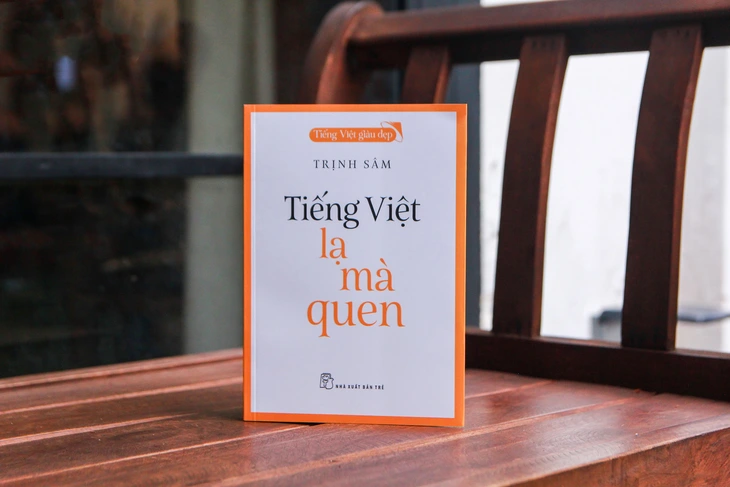
Strange yet familiar Vietnamese books
Why do we still use the words "lận lộ" (travel a long distance) or "hặc giang" (cross a river) when walking on the shore? In life, there are many metaphors or metonymies that have become so familiar that we don't think much about them and don't realize how special they are.
The book Strange yet familiar Vietnamese explains these things, helping readers recognize the "strange" things in familiar expressions, to understand more about the Vietnamese language and the Vietnamese soul.
Operation of thinking
Based on the research in the book Metaphors we live by by Lakoff G. and Johnson M. in 1980, the author analyzes more clearly the concepts related to cognitive linguistics.
People interact with the world through personal experiences, from which they have their own way of visualizing and interpreting the world around them, forming a system of concepts about the world in their minds.
"Conceptual metaphor is an operation of thought. For example, with the metaphor "time is money", we use our understanding of money to perceive the concept of time.
Modern Vietnamese has a lot of language that proves this: There is not much time left, don't waste time, save time, spend time... Obviously, we perceive time as an object, as money, so we can spend, save, waste, save, set up a time fund... That is how we conceptualize time," author Trinh Sam analyzed.
Vietnamese consciousness
The author points out that in cognitive linguistics, the aspect of reality that is closest and most familiar to the discourse community appears most frequently and has the greatest impact on their thoughts and actions.
For example, the food conceptual domain. Food is essential to humans and has been a concern for many Vietnamese people for thousands of years. Therefore, the food source domain has become the starting point for many Vietnamese metaphors.

Associate Professor Dr. Trinh Sam is a linguistic researcher, one of the leading experts in cognitive linguistics in Vietnam. He was formerly the head of the Department of Literature at Ho Chi Minh City University of Education.
The book gives some examples: human physique, ability, social status, terrain, tools (means) such as food.
That's why we often reduce everything to a good/bad rating scale: good sleep, good eyesight, good body, good car, good land, lucrative contract, good position, bad behavior, bad talking, bad movies...
In addition, according to Mr. Trinh Sam, almost all concepts that refer to activities related to food processing such as cooking and kitchen in Vietnamese can be used in a number of other fields.
Examples include: sharp arguments; blunt behavior; ripe opportunity; shuffling cards and books; instant noodles; rekindling love; adding salt and pepper to make a story more interesting; cooking phone porridge; boiled car parts...
An example mentioned many times throughout the book Strange but Familiar Vietnamese is the conceptual domain of rivers and waters.
Because our country has a dense river system, Vietnamese people have lived on water, closely connected to water for thousands of years. Rivers therefore play a very important role in our spiritual space, influencing our way of life, our way of thinking and even our folk philosophy.
Source: https://tuoitre.vn/an-du-tieng-viet-la-ma-quen-20250808093139244.htm


![[Photo] National Assembly Chairman Tran Thanh Man chairs the 8th Conference of full-time National Assembly deputies](https://vphoto.vietnam.vn/thumb/1200x675/vietnam/resource/IMAGE/2025/9/29/2c21459bc38d44ffaacd679ab9a0477c)
![[Photo] General Secretary To Lam receives US Ambassador to Vietnam Marc Knapper](https://vphoto.vietnam.vn/thumb/1200x675/vietnam/resource/IMAGE/2025/9/29/c8fd0761aa184da7814aee57d87c49b3)
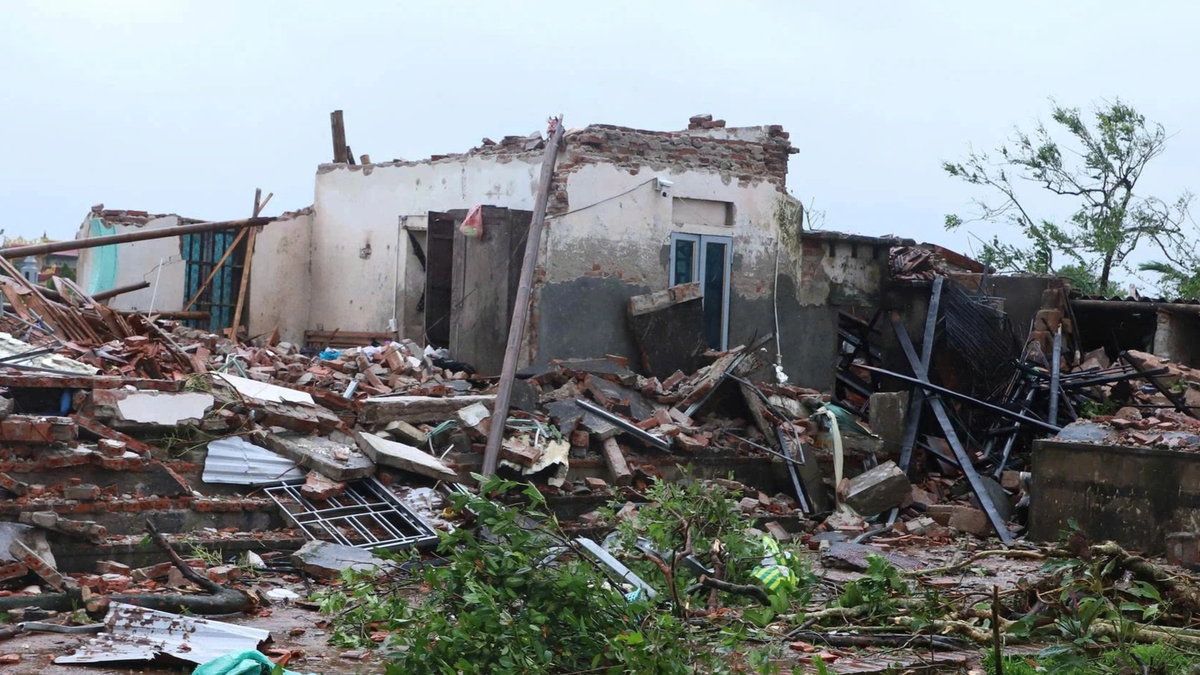
![[Photo] General Secretary To Lam chairs the meeting of the Central Steering Committee on preventing and combating corruption, waste and negativity](https://vphoto.vietnam.vn/thumb/1200x675/vietnam/resource/IMAGE/2025/9/29/fb2a8712315d4213a16322588c57b975)
![[Photo] Many streets in Hanoi were flooded due to the effects of storm Bualoi](https://vphoto.vietnam.vn/thumb/1200x675/vietnam/resource/IMAGE/2025/9/29/18b658aa0fa2495c927ade4bbe0096df)
![[Photo] General Secretary To Lam attends the ceremony to celebrate the 80th anniversary of the post and telecommunications sector and the 66th anniversary of the science and technology sector.](https://vphoto.vietnam.vn/thumb/1200x675/vietnam/resource/IMAGE/2025/9/29/8e86b39b8fe44121a2b14a031f4cef46)
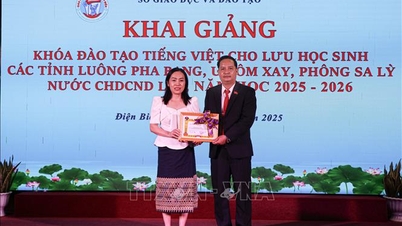



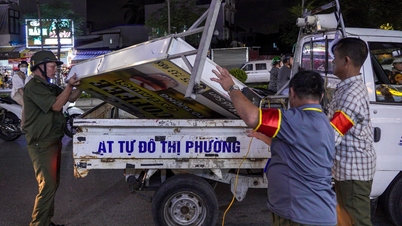








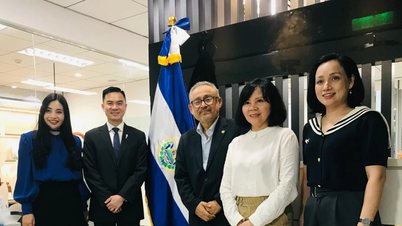





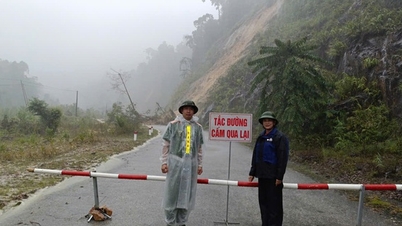




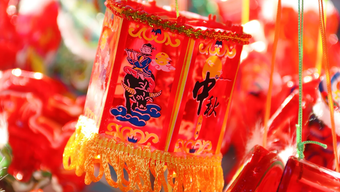


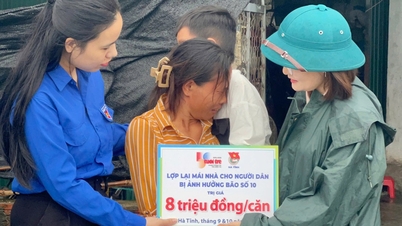



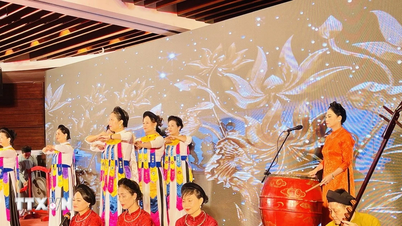


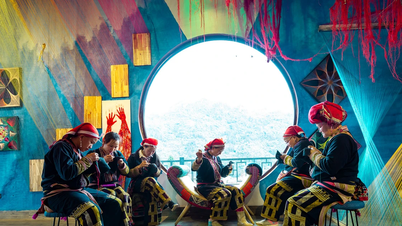



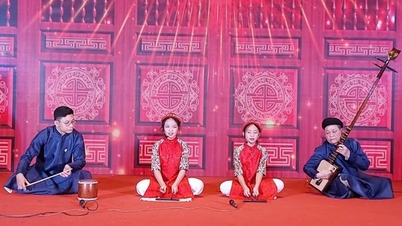

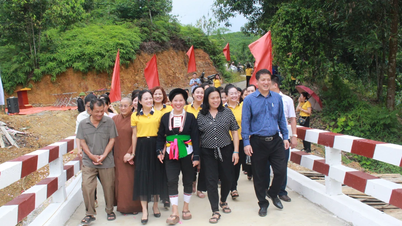


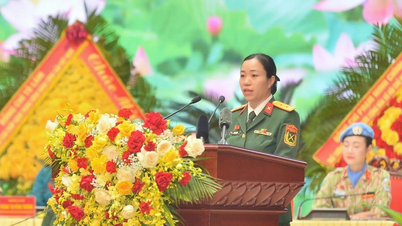



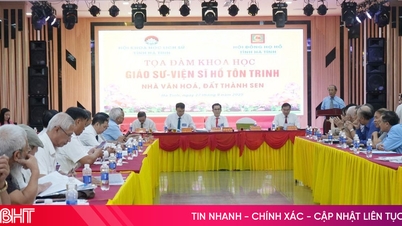

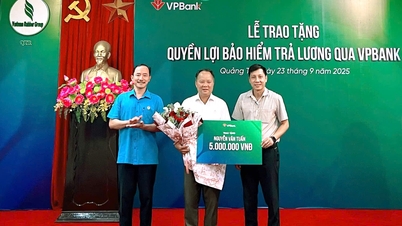
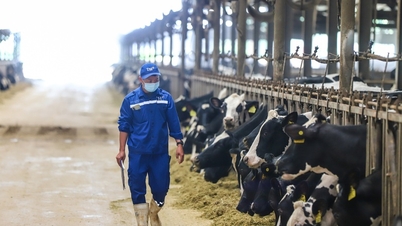









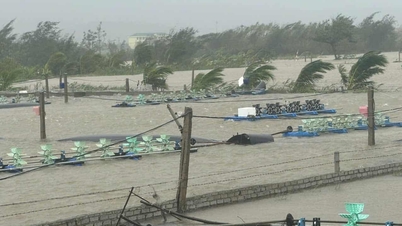

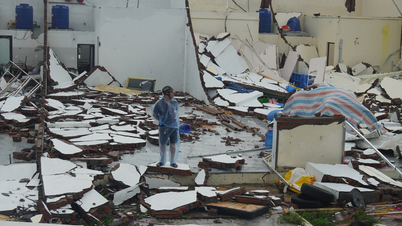




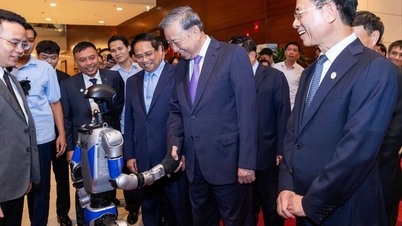

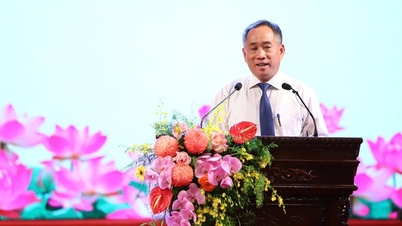
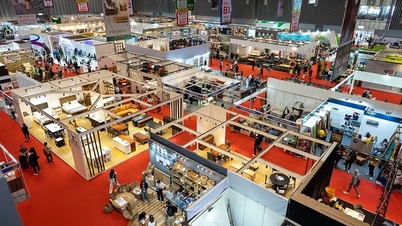


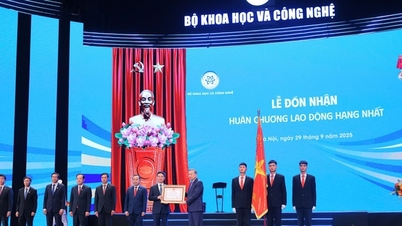
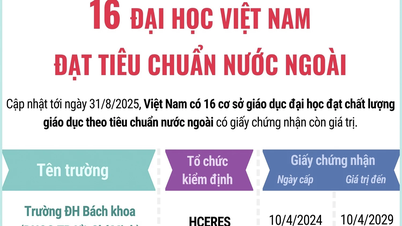


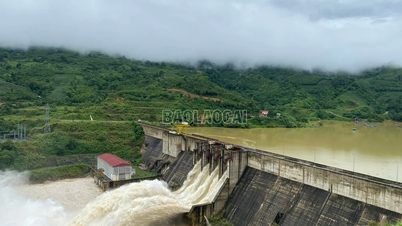
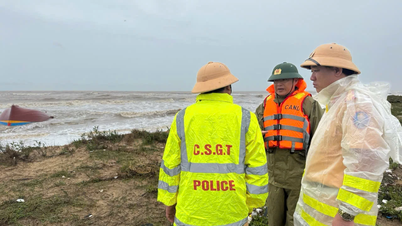

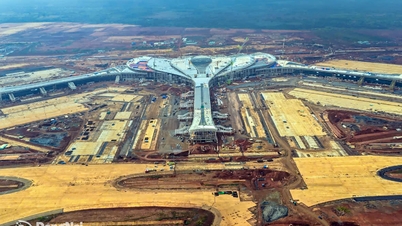


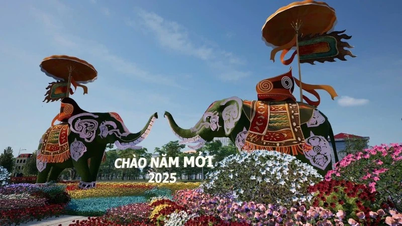












Comment (0)